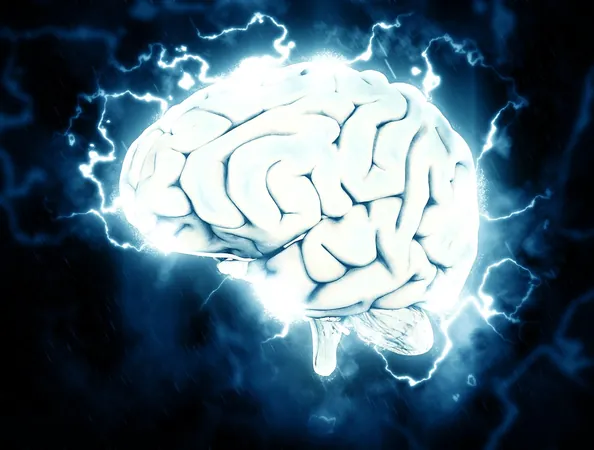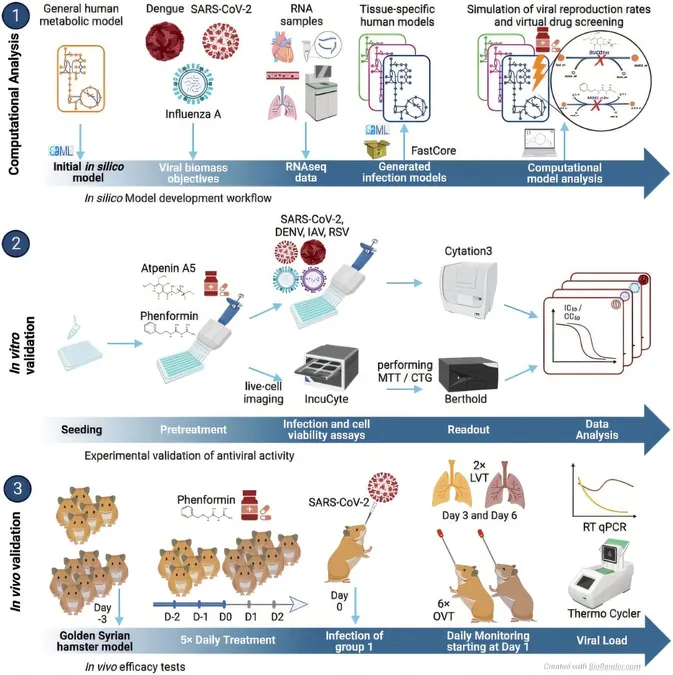
Breakthrough Discovery Reveals How Neurons Connect Memory Formation with Synaptic Activity!
2025-01-22
Author: Wei
Groundbreaking Research Findings
In an exciting new study published in the Journal of Neuroscience, researchers have unveiled a groundbreaking pathway that showcases how brain cells transmit vital information from their extremities to their nucleus, ultimately triggering the activation of genes crucial for learning and memory.
Scientists have pinpointed an essential mechanism linking synaptic activity—the signals neurons send to one another—to the gene expression changes that are key for long-term memory formation. This discovery not only sheds light on the intricate workings of our brains but also opens doors for potential breakthroughs in treating cognitive disorders.
Insight from Researchers
Mark Dell'Acqua, a professor of pharmacology at the University of Colorado Anschutz Medical Campus and the study's senior author, stated, “These findings illuminate a critical mechanism that connects local synaptic activity to the broader gene expression changes necessary for learning and memory.” He elaborated that this research represents a significant advancement in understanding the fundamental processes of neuronal communication.
Role of CREB in Memory
The study highlights the role of the cAMP-response element binding protein (CREB), a transcription factor instrumental in regulating the genes responsible for synaptic adaptability essential for effective neuronal communication. While CREB's influence on learning and memory is well-documented, the precise mechanisms that activate CREB during neuronal activity had remained somewhat of a mystery—until now.
Innovative Techniques Used
Through the use of cutting-edge microscopy techniques, graduate student Katlin Zent from Dr. Dell'Acqua's team discovered a vital relay system. This system encompasses the activation of specific receptors and ion channels that generate calcium signals, enabling rapid communication from remote synapses located in distant dendrite branches straight to the neuron's nucleus.
Future Implications of the Study
“Going forward, this research will enable us to better examine how these pathways function in various disease states,” Dell'Acqua mentioned, shedding light on the implications of their findings. “By identifying which aspects of this newly discovered mechanism are disrupted, we can gain clearer insights into its impact on learning and memory. This research not only highlights the underlying complexities of neuronal communication but also points toward potential therapeutic targets for conditions such as Alzheimer's disease and other memory-related disorders.”
Concluding Remarks
As we stand on the brink of potentially transformative understanding in neuroscience, the implications of this study could lead to innovative strategies in tackling cognitive challenges faced by millions. Will this breakthrough pave the way for revolutionary treatments in memory disorders? Only time will tell, but the future of brain science is looking bright!





 Brasil (PT)
Brasil (PT)
 Canada (EN)
Canada (EN)
 Chile (ES)
Chile (ES)
 Česko (CS)
Česko (CS)
 대한민국 (KO)
대한민국 (KO)
 España (ES)
España (ES)
 France (FR)
France (FR)
 Hong Kong (EN)
Hong Kong (EN)
 Italia (IT)
Italia (IT)
 日本 (JA)
日本 (JA)
 Magyarország (HU)
Magyarország (HU)
 Norge (NO)
Norge (NO)
 Polska (PL)
Polska (PL)
 Schweiz (DE)
Schweiz (DE)
 Singapore (EN)
Singapore (EN)
 Sverige (SV)
Sverige (SV)
 Suomi (FI)
Suomi (FI)
 Türkiye (TR)
Türkiye (TR)
 الإمارات العربية المتحدة (AR)
الإمارات العربية المتحدة (AR)